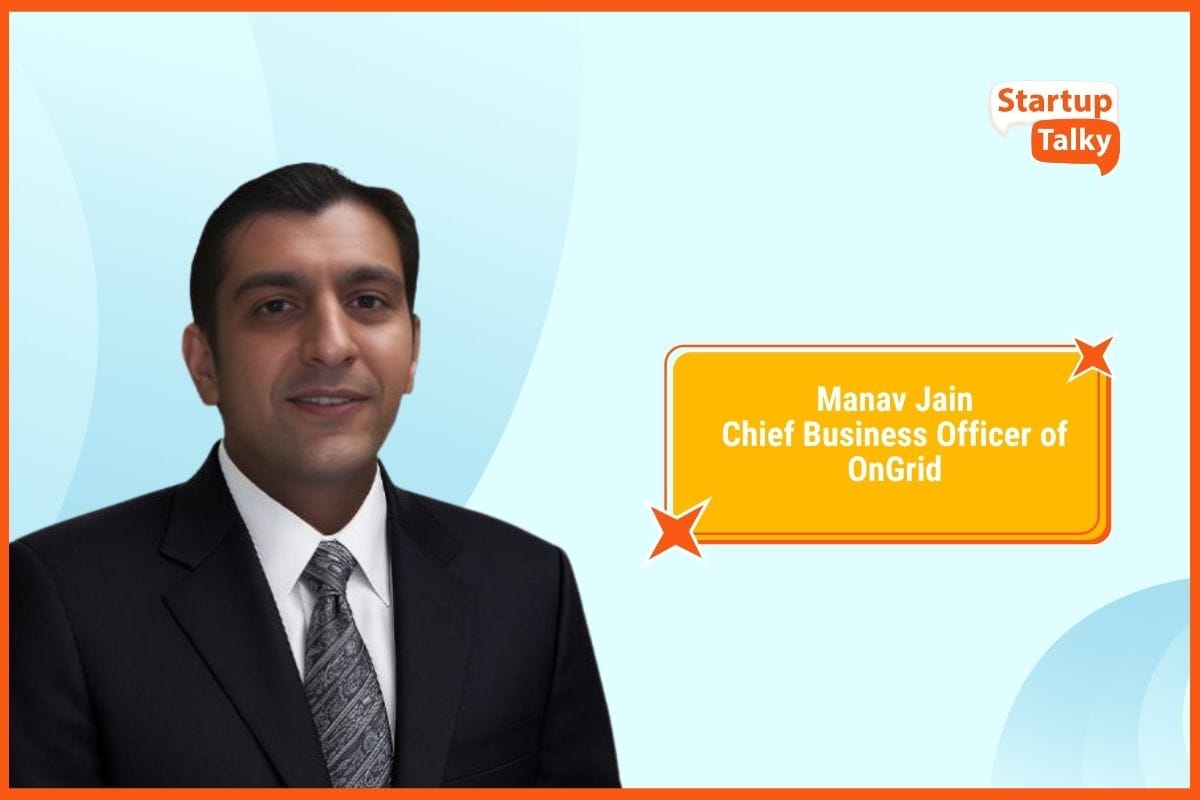The Firecracker Industry in India: Unveiling the Origins and Evolution
📖 Learning
The festival of Diwali is celebrated to hail the return of Lord Rama to Ayodhya. Tulsidas’s epic ‘Ramcharitmanas’ details the celebrations, however, there is no mention of firecrackers being burst in Ayodhya. In fact, a specific verse in his creation states – “There was a sound from the sky, the whole Ayodhya was decorated with flowers, a special fragrance was scattered in the streets.”
So, if there is no mention of firecrackers in a known account of Lord Rama’s story, it begs the question – When, where, and how did firecrackers originate?
As per reports, in 2024, the global fireworks market was valued at USD 2.69 billion and is expected to reach USD 3.65 billion by 2032, growing at a 3.9% annual rate. Asia-Pacific held the largest market share in 2023.

History of Firecrackers in India
The Chinese discovered firecrackers, quite by accident, between 2000 and 2200 years ago. Local folklore says that the Chinese burnt bamboo to celebrate the Lunar New Year. The air caught in the bamboo shaft caused it to expand and burst as it caught fire– a good way to scare away evil spirits. The sound that emanated from that is thought to be the original firecracker.
Following that sound, the alchemists of the day experimented with various chemicals and invented a mixture that added more sound to the ‘bamboo pop’. This mixture was a precursor to today’s gunpowder, which was then perfected over the next century.
From there on, the gunpowder technology and the associated pyrotechnical entertainment mixtures found their way to India through the Arabs.
The late historian P.K. Gode wrote and published an account "History of Fireworks in India between 1400 and 1900" in 1950. In the account, he states that the use of fireworks in the celebration of Diwali, which is so common in India now, must have come into existence after 1400 AD when gunpowder came to be used in Indian warfare. The earliest accounts of fireworks being used in India were recorded around that time. Kautukachintamani, a Sanskrit volume by Gajapati Prataparudradeva (1497-1539), mentions the formulas for manufacturing firecrackers.
Timeline of Firecracker Use in India
Abdur Razzaq, the ambassador of the Timurid Sultan Shahrukh to the court of Deva Raya II of the Vijayanagara kingdom mentions one of the earliest accounts of fireworks in 1443. His description of the Mahanavami festival mentions– “One cannot without entering into great detail mention all the various kinds of pyrotechny and squibs and various other arrangements which were exhibited.”
Throughout history, there are various accounts of the use of fireworks being used for different reasons. In 1518, fireworks were used in Gujarat to celebrate weddings. In 1609, the Sultan of Bijapur, Ibrahim Adil Shah, spent INR 80,000 on firecrackers.
For a few centuries, the use of fireworks was limited to royalty, and it depicted a sign of prosperity and grandeur during the Mughal era. Weddings and coronations were usually celebrated with fireworks. It was only in the 18th century that the use of fireworks by the masses began when the Maratha rulers began organizing fireworks displays for the general public.

The Firecracker Industry in India
Indian industries began manufacturing firecrackers only after independence when the first fireworks factory was established in Kolkata. Sivakasi in Tamil Nadu became the manufacturing hub of firecrackers. Two brothers, P. Ayya Nadar, and Shanmuga Nadar set up two factories that first made sparklers, more popularly known as ‘phooljhadi’. Even today, the city of Sivakasi has over 6.5 lakh families who are directly or indirectly dependent on this industry for their livelihood.
Like every other industry, the firecracker industry in India also suffered during the COVID-19 in 2020. For an industry that has an estimated worth of INR 5,000 crores, it produced only INR 3000 crores worth of firecrackers that year. The industry woes, however, continued into 2021 as several states, including Odisha, Rajasthan, Delhi, and Haryana, announced a complete or partial ban on firecrackers.
In 2021, the value of manufactured fireworks was close to INR 1500 crores, reduced by 50% compared to the previous year. Even with less crackers production, the industry witnessed an estimated loss of INR 500 crores.
T. Kannan, Director at Sree Balaji Fireworks and the General Secretary of the Indian Fireworks Manufacturers Association, said, “If the ban continues for the coming years, we wouldn’t have any definite policy to manufacture. We were not prepared for the ban from these states. Firecrackers create pollution in the mind of people and not much in reality,”
After the pandemic, the Supreme Court banned firecrackers, adding restrictions on exports due to quality concerns. To reduce air and noise pollution, the Court instructed firecracker manufacturers to make only "green" or "low-emission" crackers. Developing these eco-friendly crackers has been assigned to the Council of Scientific and Industrial Research (CSIR) and the Fireworks Research and Development Center in Tamil Nadu. However, using these alternative materials is twice as costly.
In the future, if the firecracker industry has to survive and thrive, it has to undergo a transition to make it environmentally sustainable, socially inclusive, and contribute towards decent work for all those who are dependent on it. The industry has to be supported by enabling government policies, promote innovation, and be based on a coherent framework.
The Impact of the Firecrackers Ban on Sivakasi
Conclusion
The future of the firecracker industry is dependent on various factors. However, there is no proof that it has any historical connection to the celebrations at Ayodhya on the arrival of Lord Rama. The only scriptural evidence is the lighting of Diyas which reflected the joy of the city's people.
History proves that firecrackers are a legacy of the Chinese and the Mughals no older than 2200 years. It is in no way an inseparable part of Diwali celebrations. The bursting of firecrackers is a recent North Indian phenomenon that gained prominence when firecrackers were made available to the masses.
FAQs
How large is the fireworks industry?
The global market for fireworks was estimated to be worth $2485.7 million in 2021 and is expected to grow to $3219.9 million by the year 2027.
Why is Diwali celebrated with fireworks?
Diwali is celebrated with fireworks with the intention of keeping off all the evil spirits and also adding a sense of liveliness to the festive spirit.
Who invented firecrackers first?
It is believed that it was the Chinese who discovered firecrackers, quite by accident, between 2000 and 2200 years ago.
Where crackers made in India?
Sivakasi, a city in the Virudhunagar District of Tamil Nadu, India, is famous for its firecracker and match factories, which supply about 70% of the country's production.
Who invented crackers in India?
India's first fireworks factory was established in Kolkata in the 19th century by a man named Gopal Mahindram.
Are firecrackers banned in India in 2024?
The Delhi Pollution Control Committee (DPCC) has completely banned making, storing, selling, and using firecrackers, including online orders, until January 1, 2025. Only "green crackers" are allowed for use.
Must have tools for startups - Recommended by StartupTalky
- Convert Visitors into Leads- SeizeLead
- Website Builder SquareSpace
- Manage your business Smoothly Google Business Suite







